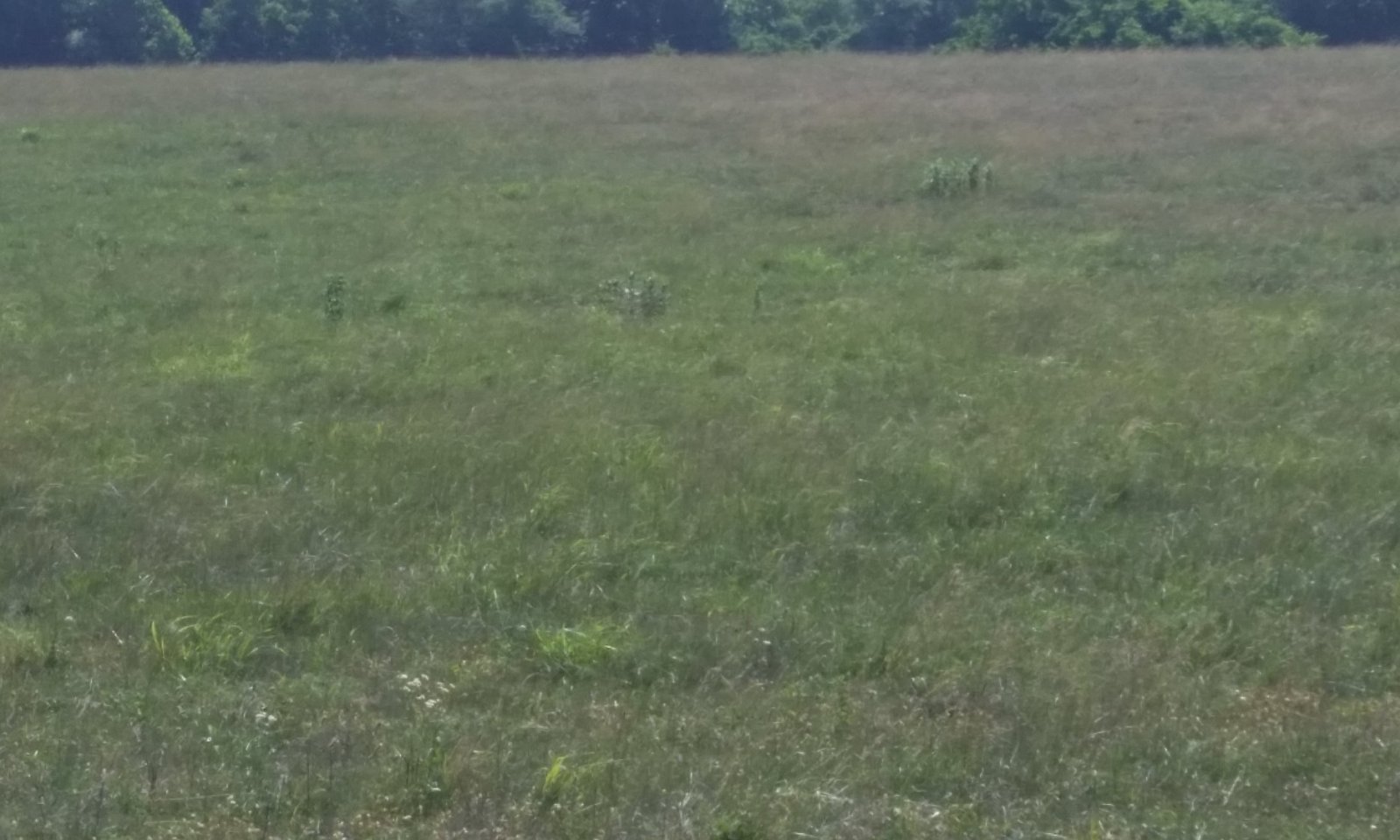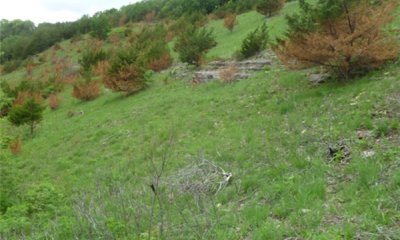
Shallow Limy
Scenario model
Current ecosystem state
Select a state
Management practices/drivers
Select a transition or restoration pathway
- Transition T1-2 More details
- Transition T1-3 More details
- Transition T 2-3 More details
- Restoration pathway R3- 1 More details
- Restoration pathway R3-2 More details
-
No transition or restoration pathway between the selected states has been described
Target ecosystem state
Select a state
State 1
Reference State




Description
This state describes the range of vegetative community phases that occur on the Shallow Limy site where the natural processes are mostly intact.
The Reference Community is a representation of the native plant community phase that occupies a site that has been minimally altered by management. The Degraded Native Grass, the At-Risk Grass, and the Excessive Litter Communities are the phases that result from management decisions that are unfavorable for a healthy Reference Community. The Ephemeral Forb Community is the result of a high intensity disturbance event.
High perennial grass cover and production allows for increased soil moisture retention, vegetative production, and overall soil quality.
Submodel
States 1, 5 and 2 (additional transitions)
1.1. Mid and Tallgrass Community
1.5. Ephemeral Forb Community
1.2. Degraded Native Grass Community
Description
This state has been degraded from the Reference State and much of the native warm-season grass community has been replaced by less desirable plants. The loss of tall and mid- warm-season grasses has negatively impacted energy flow and nutrient cycling. Water infiltration is reduced due to the shallow root system and rapid runoff characteristics of the grazing-evasive plant communities.
The Native Evaders/Invasives is the component of the Native/Invaded Grass State.
Submodel
Description
The Invaded Woody State has a canopy of at least 15 percent of wooded cover. In the absence of fire and brush management, this site is very conducive to cedar seedling invasion, especially when adjacent to a seed source.
Total annual production during an average year varies significantly, depending upon the production level prior to encroachment and the percentage of canopy cover.
Submodel
Mechanism
Heavy grazing or haying without adequate recovery periods will cause this state to lose a significant proportion of tall and mid- warm-season grass species and cross a threshold to the Native/Invaded State. Water infiltration and other hydrologic functions will be reduced due to the root matting presence of sod-forming grasses. With the decline and loss of deeper penetrating root systems, soil structure and biological integrity are catastrophically degraded to the point that recovery is unlikely. Once this occurs, it is highly unlikely that grazing management alone will return the community to the Reference State.
Mechanism
Disruption of natural fire regime, planting of exotic and invasive native woody species. Restoration is possible through mechanical removal, immediate follow-up stump treatment of root-sprouting species. Development and implementation of a follow-up maintenance prescribed burn program is important to prevent re-invasion. State 2 cannot return to State 1 through this process.
Mechanism
Disruption of natural fire regime, planting of exotic and invasive native woody species. Restoration is possible through mechanical removal, immediate follow-up stump treatment of root-sprouting species. Development and implementation of a follow-up maintenance prescribed burn program is important to prevent re-invasion. State 2 cannot return to State 1 through this process.
Mechanism
Disruption of natural fire regime, planting of exotic and invasive native woody species facilitates crossing the threshold to the invaded woody state. This can be reversed by mechanical removal and immediate follow-up stump treatment of root-sprouting species. Development and implementation of a follow-up maintenance program, often requiring prescribed burning, is required to prevent re-invasion.
Relevant conservation practices
| Practice | External resources |
|---|---|
|
Brush Management |
|
|
Prescribed Burning |
|
|
Prescribed Grazing |
Mechanism
Restoration is possible through mechanical removal, immediate follow-up stump treatment of root-sprouting species. Development and implementation of a follow-up maintenance prescribed burn program is important to prevent re-invasion. State 2 cannot return to State 1 through this process.
Model keys
Briefcase
Add ecological sites and Major Land Resource Areas to your briefcase by clicking on the briefcase (![]() ) icon wherever it occurs. Drag and drop items to reorder. Cookies are used to store briefcase items between browsing sessions. Because of this, the number of items that can be added to your briefcase is limited, and briefcase items added on one device and browser cannot be accessed from another device or browser. Users who do not wish to place cookies on their devices should not use the briefcase tool. Briefcase cookies serve no other purpose than described here and are deleted whenever browsing history is cleared.
) icon wherever it occurs. Drag and drop items to reorder. Cookies are used to store briefcase items between browsing sessions. Because of this, the number of items that can be added to your briefcase is limited, and briefcase items added on one device and browser cannot be accessed from another device or browser. Users who do not wish to place cookies on their devices should not use the briefcase tool. Briefcase cookies serve no other purpose than described here and are deleted whenever browsing history is cleared.
Ecological sites
Major Land Resource Areas
The Ecosystem Dynamics Interpretive Tool is an information system framework developed by the USDA-ARS Jornada Experimental Range, USDA Natural Resources Conservation Service, and New Mexico State University.


